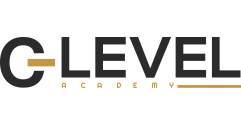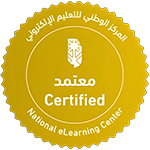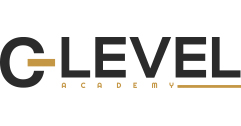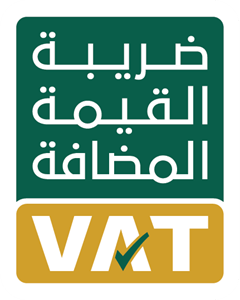Objectives and Key Results (OKRs) is a simple but powerful framework for defining and tracking objectives and their outcomes. The concept was popularized by tech giants like Intel and Google and has since been adopted across various industries worldwide.
Objectives are qualitative goals that describe what you want to achieve.
Key Results are measurable milestones that track how you achieve those objectives.
For example, an Objective could be: “Increase customer satisfaction.”
The Key Results might be:
Improve Net Promoter Score (NPS) from 60 to 75.
Reduce average customer support response time from 24 hours to 6 hours.





